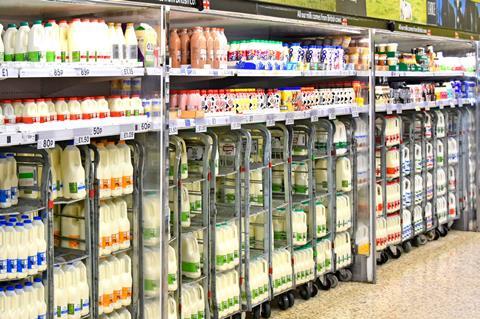
Four pints of milk now costs £1.70 in Waitrose – an increase of 36% on a year ago.
The price of Waitrose’s four-pinter has risen 3% – or 5p – since the start of the year, making it the most expensive SKU of its kind in the mults.
The move comes amid a spate of price hikes in the traditional big four, Aldi, Lidl, Waitrose, Iceland and the Co-op over the past month – making some SKUs more than 70% pricier than this time last year.
The largest price hike was on Aldi’s Cowbelle long-life litre of milk, which jumped 26.7% to 95p in the first week of January, according to analysis of Assosia data by The Grocer. It means the SKU is now 72.7% dearer than during the week commencing 10 January 2022.
Other major moves include a 17.5% increase in the price of a Delamere Dairy one-litre bottle of goats milk in the Co-op to £2.35, making the line 23.7% more expensive than it was a year ago.
While many more lines have seen far smaller increases over the past month, in many cases the hikes – the latest of several to be imposed on the same SKUs over the past year – now add up to massive annual price increases.
One standout example is a 3.9% hike in the price of a Waitrose Essentials two-pinter to £1.35 at the start of last week – making the line 50% pricier than it was a year ago and even 8% dearer than the price of a four-pint bottle at that time.
Milk shortages on the horizon if farmgate prices fall any further
More price hikes over the past month have also been seen on Cravendale (2l, Tesco, up 1.9% to £2.65), making it 32.5% more expensive than it was a year ago, as is Arla’s B.O.B (2l, Waitrose) which rose by 1.9% to £2.65.
Refering to Waitrose’s price increases, a spokeswoman for the retailer said it ensured its milk prices were “competitive while paying sustainable rates to our farmers, and we’re the only supermarket to offer free range on our own-label fresh milk, meaning our customers can be assured of our industry leading standards”.
It comes as the ONS this week said the average price of a two-pint bottle of milk had risen by 50% in the mults over the past year. Other staples such as sugar, cheddar, eggs and bread have all seen price hikes of at least 20%. These increases were contributing to 40-year high food prices, it said.
And despite the fact farmgate milk prices had started falling in recent weeks after a record 2022, Arla’s VP for Europe Peter Giørtz-Carlsen this week told The Grocer he expected more inflation to filter down the supply chain for at least some of 2023.
“We’ve been through a period that was critical to return the milk price our farmers needed and to restore our margins,” he said, referring to the steep rise in the cost of production seen across the sector over the past 18 months.
“Inflation is still coming into the market, we’re having some very high inflation rates and the UK is no exception. The category could still be impacted by that and we could still see consumers adjusting their spend. But commodity markets going down will add volatility to the situation.”







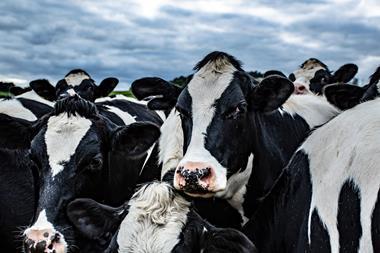
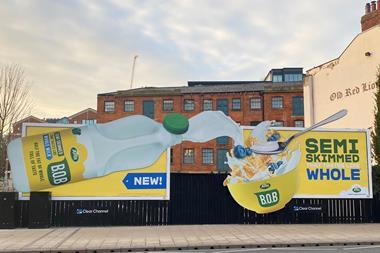
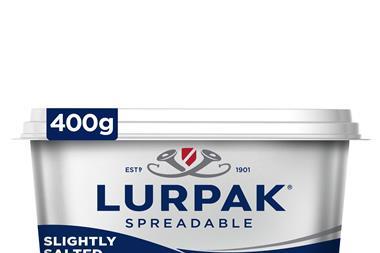
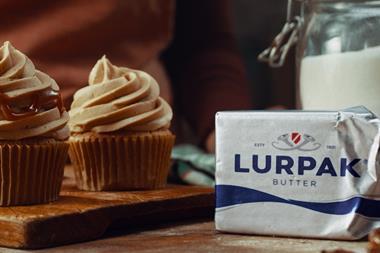
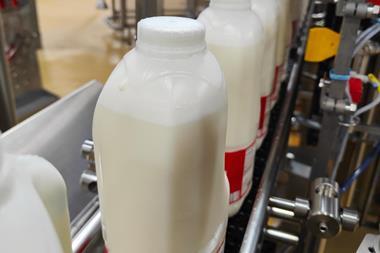

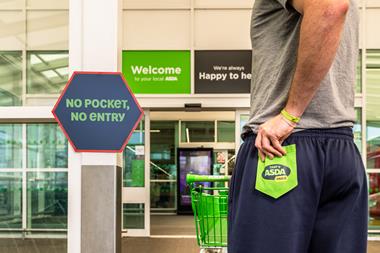


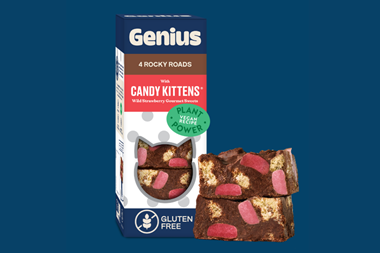
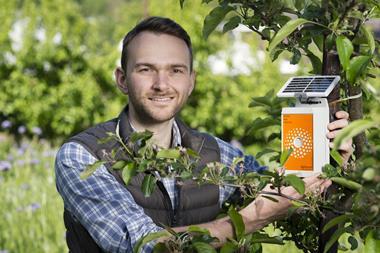

No comments yet